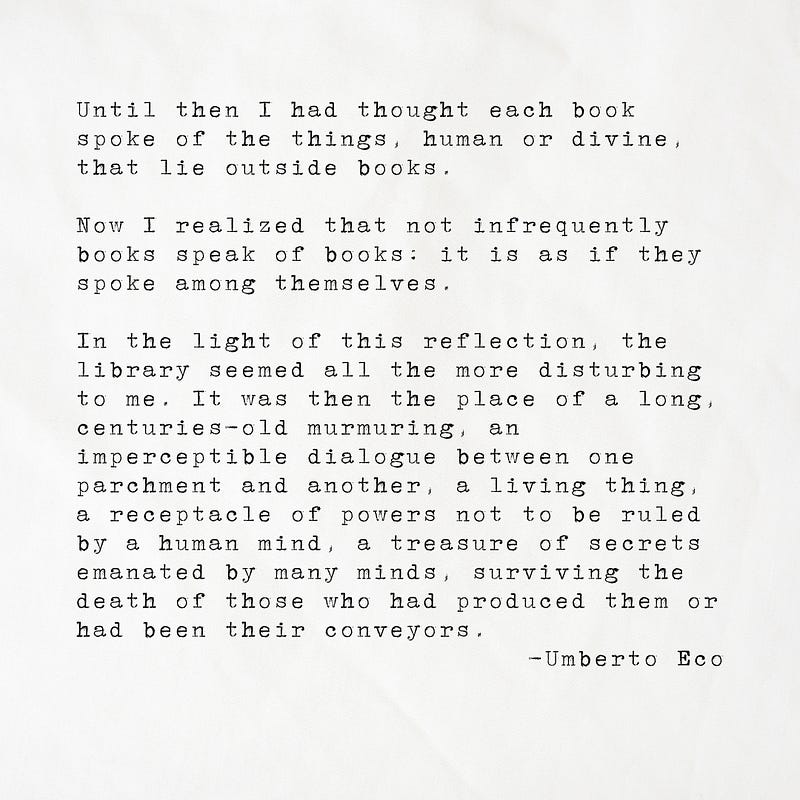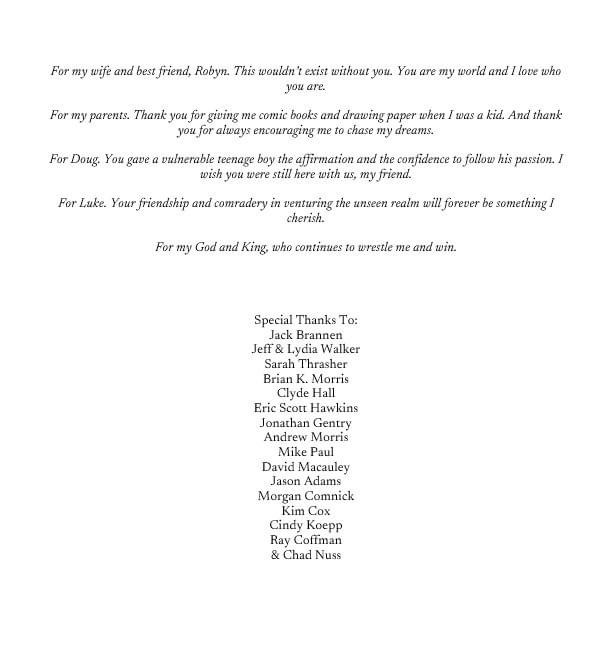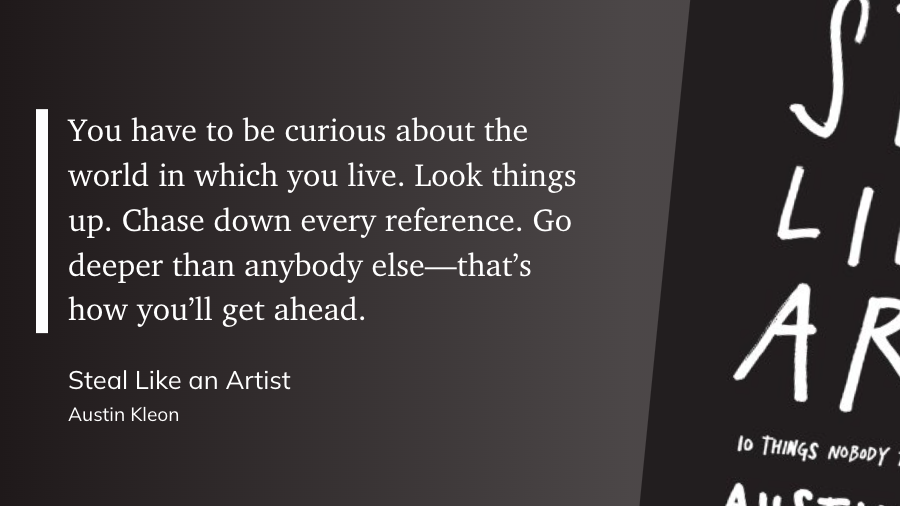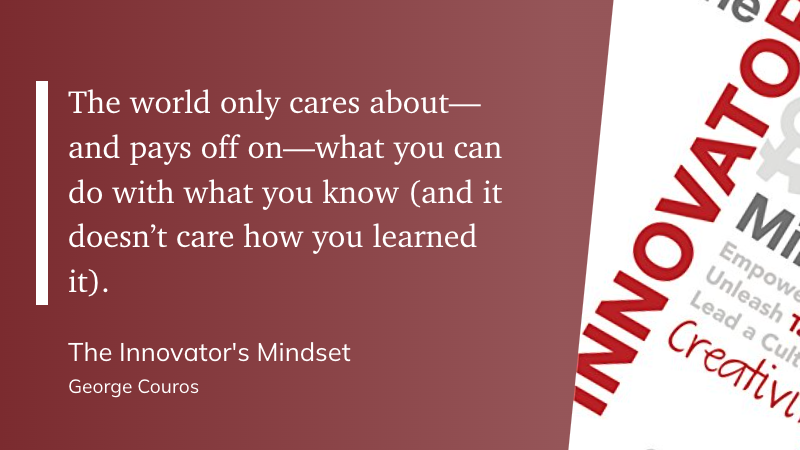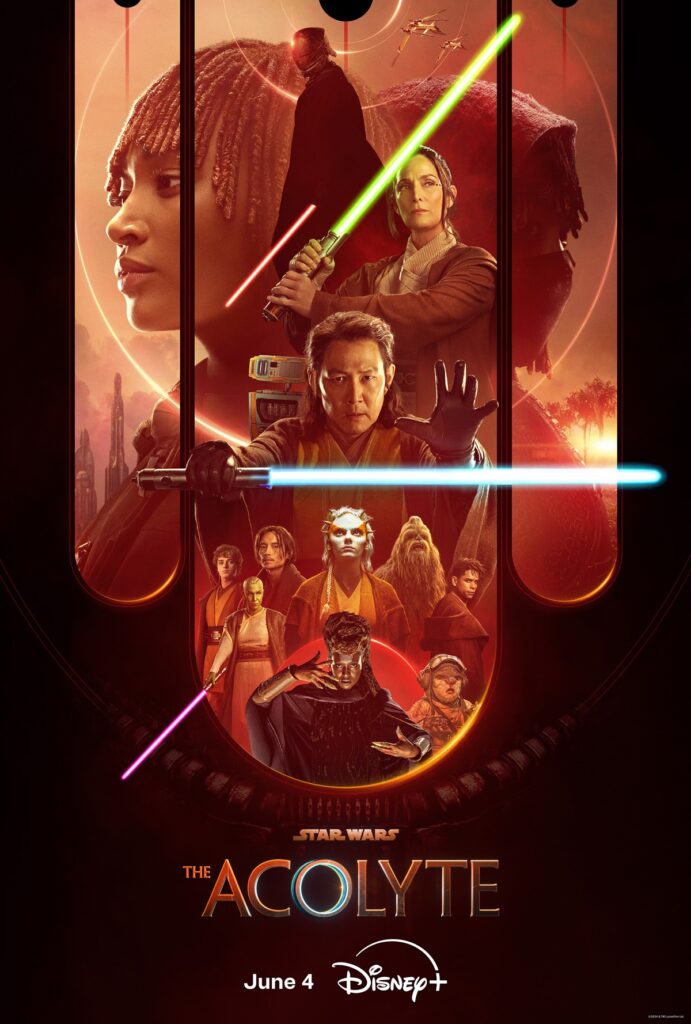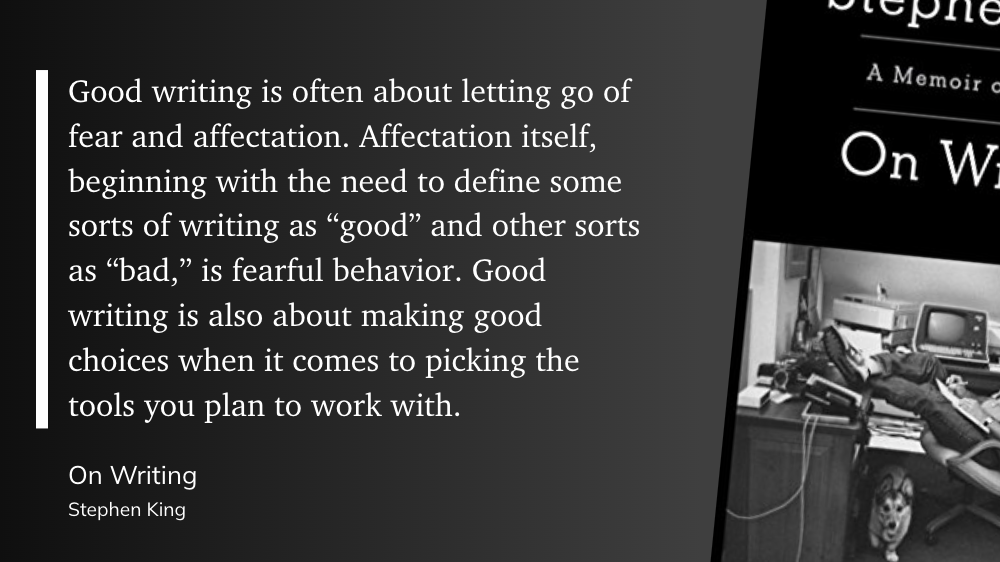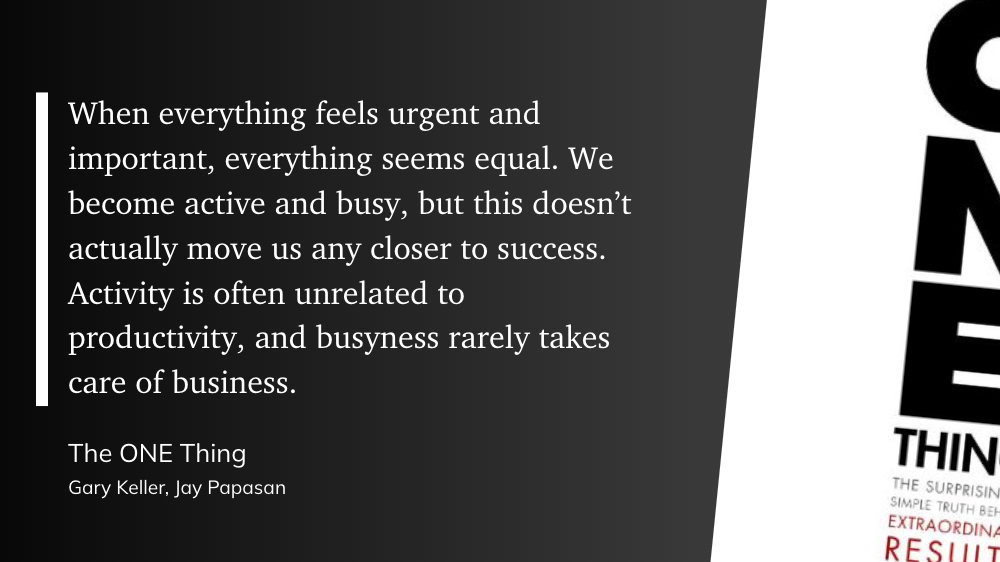
Greetings Starfighters,
I’m in a weird place as I write this today during the last week of school. The students are in a mad dash to finish everything, with the campus abuzz with field trips, award ceremonies, and the ever-present dread of some disruptive fire alarm going off just to upset the last few days or hours. I mentioned a fire drill since that’s how the last day of my first year of teaching ended. A freshman pulled the fire alarm right as the final bell rang, which made dismissal quite interesting; the high school parking lot was filled with fire trucks, and you had to wonder what the kid was trying to achieve. Everyone was already leaving; the timing was totally off.
As I plan for next year and prepare for my own doctoral work over the summer (yes, I see you, summer classes, and prospectus revision), I’m also thinking about the nuts and bolts of classroom instruction. How can we make small changes in our daily work to transform school from a place students have to be to a place they want to be?
I’ve been immersed in several pieces on music production recently. Had I stayed in the music world, I might have moved into producing.
Remind me to tell you about my musical journeys someday; there are some very good memories and some very, very bad ones.
When you’re recording, everything can affect your mix, including seemingly trivial things like the material of the walls and the amount of air in the space. Trust me, these details matter — just as the lighting and smell of your classroom matter. I’m on this train of thought because Steve Albini, one of the great punk rock producers, passed away recently. I’m thinking about Steve because, like me, he was an extraordinary dork and a feisty curmudgeon.
As much as he loved making music, he hated and questioned much about the music industry. “Surfer Rosa” is arguably one of the greatest rock albums ever, and he hated it, claiming the Pixies were, at best, a mildly entertaining college rock band. And don’t ask him about Steely Dan — just don’t.
Steve wanted to record the music and artists simply and honestly, including the mistakes. “I like to leave room for accidents or chaos,” he wrote to Nirvana when they attempted to hire him to produce the follow-up to “Nevermind.” This mindset is very much like the concerns of a teacher planning engaging learning experiences. Like a teacher, Steve wasn’t in it for the money. He told Nirvana he wanted to be paid like a plumber — doing a good job and getting paid for it — and had no interest in ongoing royalties. (Note: he still made way more than teachers, but hey, it’s the thought that counts.)
I will blame this random train of thought connecting music and school on my end-of-the-year reflection and nostalgia. What I work for every day is implementing simple shifts in our classrooms to make learning more meaningful for kids. It’s one of the reasons I like tools like the 4 Shifts Protocol; it helps facilitate those changes.
You can do all the professional development and coaching cycles in the world with teachers, give them access to every digital platform and tool, and send them to the most prestigious schools and conferences. But until you actually change the focus and intent of what you do in the classroom — from achieving some arbitrary learning goal to ensuring kids know how to choose a life path that works for them and developing those skills — we are always wasting our time, money, and effort.
As Steve said, nobody on Earth could make the Smashing Pumpkins sound like the Beatles. You’re never going to change schools until you change schools. The rest is just bonus points.
Quote of the Day
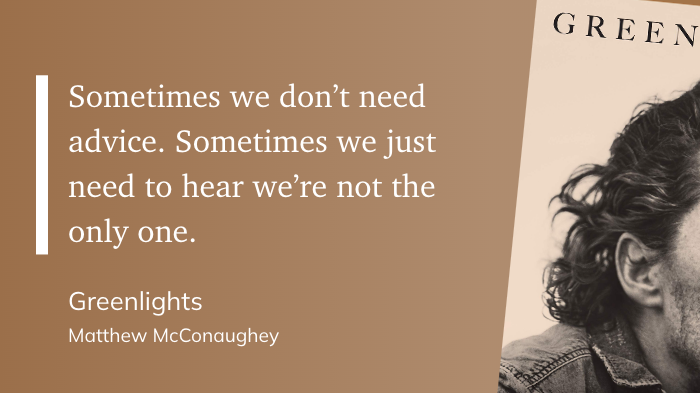
“Sometimes we don’t need advice. Sometimes we just need to hear we’re not the only one.” (Matthew McConaughey, Greenlights)
Musical Interlude
You were right if you thought you’d get a Pixies performance today. Here’s “Where is My Mind?” from Glastonbury 2014.
Long Read of the Day
Producers and engineers who use meaningless words to make their clients think they know what’s going on. Words like “Punchy,” “Warm,” “Groove,” “Vibe,” “Feel.” Especially “Punchy” and “Warm.” Every time I hear those words, I want to throttle somebody.
I figured I’d just include a link to Steve Albini’s “The Problem with Music” from 1993 here. It’s a great read and you’ll likely draw some parallels to education.
Video of the Day
While we’re at it, why don’t we take a tour of Steve Albini’s Electrical Audio studio in Chicago? I mean… why not? At about 6:35, you get to see the vent they cut in the floor to combine the air mass of the studio with the room below…
Final Thoughts
School ends on Friday. I wonder how nutty the rest of this week’s newsletters will be…
The Eclectic Educator is a free resource for everyone passionate about education and creativity. If you enjoy the content and want to support the newsletter, consider becoming a paid subscriber. Your support helps keep the insights and inspiration coming!

